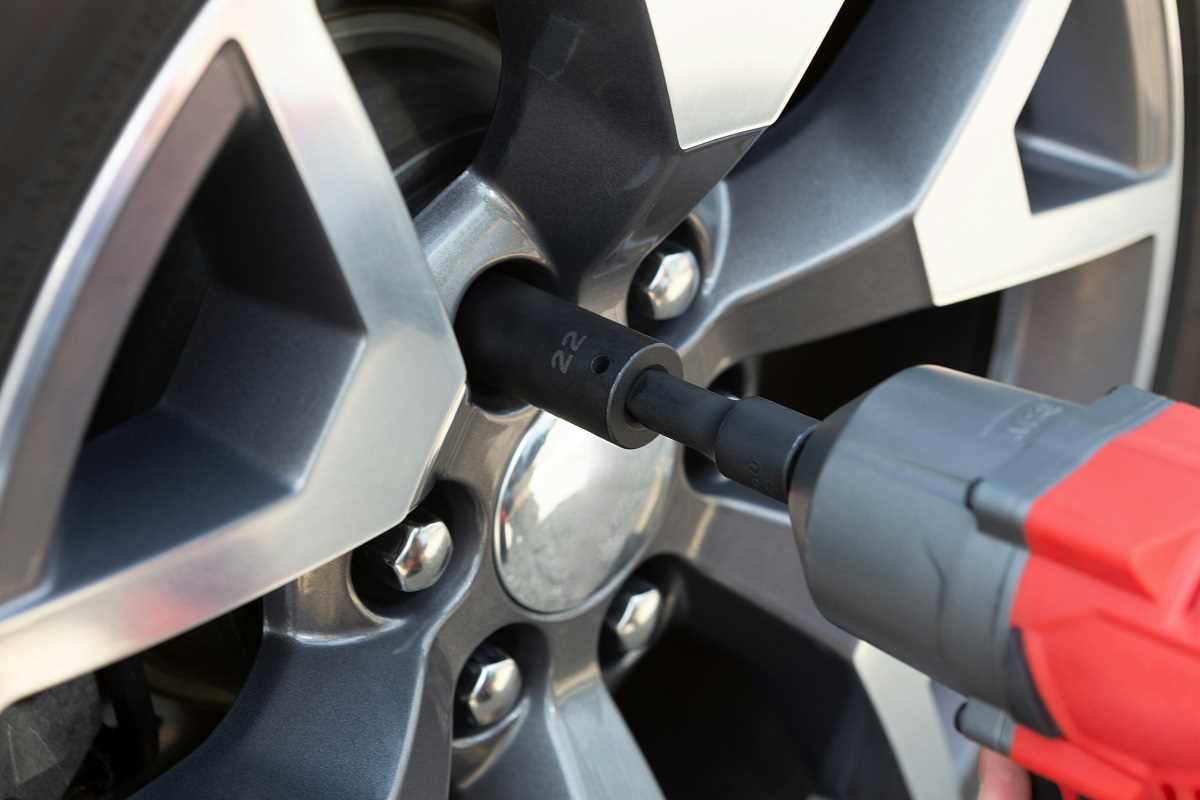Today's automotive market has evolved to a point where the term "affordable luxury" isn't completely oxymoronic. As someone who grew up coveting Knight Rider's KITT while driving a hand-me-down station wagon with wood paneling, I find it both amusing and satisfying that we can now access legitimate luxury for the price of what our parents paid for their suburban ranch homes. Let's explore some options that won't require refinancing your house or explaining to your partner why the kids can't go to college.
What Makes a Car "Luxury" Anyway?
Let's be honest, luxury is partly marketing voodoo designed to separate us from our money. But there are tangible elements that distinguish luxury vehicles from their mainstream counterparts. Superior materials are a hallmark, real leather instead of "leatherette" (which was called vinyl when we were kids), actual wood trim instead of plastic with a wood-like photo laminate, and metal accents that aren't spray-painted plastic. The tactile experience matters; switches and knobs should feel substantial, not like they're going to snap off in your hand like those cheap toys we got at the dentist's office.
The final element is the intangible but undeniable prestige factor. There's a reason why pulling up in a luxury badge still turns heads, even if it's an entry-level model. It's the same reason we wore name-brand jeans with conspicuous labels in high school, humans are status-seeking creatures, and automotive brands understand this fundamental aspect of our psychology all too well. But hey, at least now we can indulge this superficial tendency without completely destroying our retirement funds.
Entry-Level German Prestige
The Germans practically invented the concept of the modern luxury car, and their entry-level offerings still deliver that Teutonic engineering mystique. The BMW 2 Series, starting around $38,000, packs the brand's renowned driving dynamics into a compact package that's both practical and fun. The "ultimate driving machine" tagline isn't just marketing fluff, these cars genuinely handle with precision that makes ordinary commutes feel vaguely cinematic. The refined interior may be smaller than its more expensive siblings, but it doesn't skimp on quality materials or that solid build quality that makes closing a BMW door sound like a bank vault.
The German options all share a common downside, however: options packages that can quickly balloon the price beyond our $50,000 ceiling. The base models are well-equipped, but the temptation to add packages with names like "Premium Plus" and "Prestige" can lead to financial decisions that your retirement account might question later. Exercise restraint, fellow Gen Xers, remember how we used to mock the boomers for their conspicuous consumption? Let's try to retain at least some of our generational skepticism.
Asian Luxury Competitors
While the Germans may have written the luxury playbook, Asian manufacturers have studied it thoroughly and added their own chapters. The Genesis G70, starting around $43,000, represents Hyundai's luxury division and delivers an experience that rivals the Germans while adding comprehensive warranty coverage that will appeal to our pragmatic, slightly cynical generation. The G70's interior quality is impressive, with materials and assembly that would make you think you spent far more than you did. The handling is athletic and engaging, making those rare moments when you find an open road all the more enjoyable.
Asian luxury brands typically offer more standard features for the money than their European counterparts, with fewer expensive options packages required to get the full experience. They also tend to offer better reliability records, which matters when you're at an age where you'd rather spend your weekend doing literally anything other than sitting in a dealer's service department. The trade-off has traditionally been a slight deficit in prestige value, though this gap has narrowed considerably in recent years as these brands have established their luxury credentials.
American Luxury Renaissance
American luxury has experienced a significant renaissance, moving beyond the floaty boats our parents drove to deliver genuinely competitive options. The Cadillac CT4, starting around $37,000, combines distinctively angular American styling with handling dynamics clearly benchmarked against the best from Europe. The interior quality has improved dramatically from the bad old days of obvious parts sharing with Chevrolet, featuring genuine materials and thoughtful design that no longer feels like a consolation prize.
The "whisper quiet" cabin features seats that can be adjusted in more ways than your old Tetris game had blocks, ensuring that even the longest drives won't leave you reaching for the ibuprofen. The understated exterior styling won't turn as many heads as some flashier options, but it exudes a quiet confidence that says, "I no longer need to prove anything to anyone."
- The Cadillac CT4 offers thrilling performance with a standard 2.0L turbo engine producing 237 horsepower
- The Lincoln Corsair features a standard Co-Pilot360 suite of driver-assist technologies
- Genesis G70 comes with a class-leading 10-year/100,000-mile powertrain warranty
- Lexus IS models include complimentary maintenance for the first year
- The Audi A3 includes standard Quattro all-wheel drive for enhanced handling
- Mercedes-Benz A-Class boasts the innovative MBUX infotainment system with AI capabilities
- BMW 2 Series maintains the brand's performance DNA with near-perfect weight distribution
- Acura TLX provides exceptional value with a comprehensive set of standard features
While both American offerings represent vast improvements over previous generations, they still face the challenge of overcoming decades of quality perception issues. Our generation witnessed the nadir of American automotive quality in the 1980s and 1990s, and those impressions can be hard to shake. However, these new models deserve serious consideration on their own merits, particularly if you value distinctive styling and a break from the sometimes predictable European and Asian options.
Making the Smart Luxury Choice
After researching countless reviews and spending hours on test drives that salespeople probably assumed would lead to actual purchases, I've concluded that "best" is entirely subjective in this segment. Your perfect luxury car depends on what aspects of luxury matter most to you. If driving dynamics and handling are your priorities, the BMW 2 Series or Genesis G70 should top your list. If technology and interior design speak to you more strongly, the Mercedes A-Class or Audi A3 might be more satisfying. For reliability and low ownership costs, Lexus IS and Acura TLX make compelling cases.
Remember that the best luxury car for under $50,000 is ultimately the one that makes you feel something when you approach it in the parking lot after a long day of working for The Man. It should provide a moment of satisfaction when you sink into the driver's seat, a brief reminder that while your teenage dreams of becoming a rock star might not have materialized, at least you can drive home in comfort while blasting your carefully curated Spotify playlist of 90s alternative hits. In that moment, maybe luxury isn't so much about impressing others as it is about rewarding yourself. And honestly, after surviving this long in a world that keeps getting weirder by the day, don't we all deserve a little reward?
 (Image source: Midjourney)
(Image source: Midjourney) 
.jpg)




